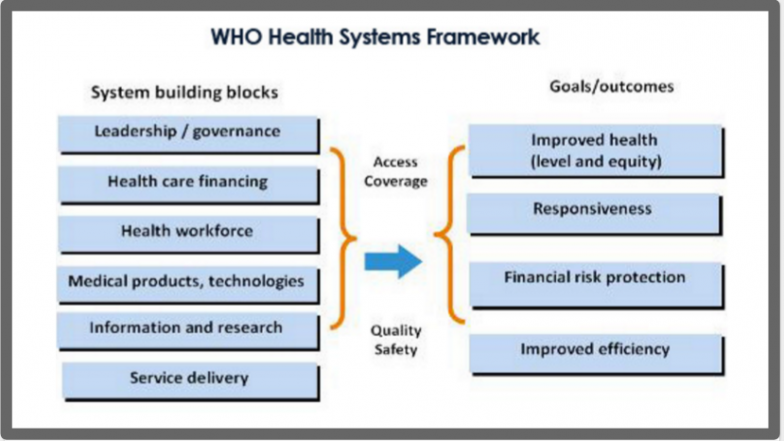Summary
A health system, also sometimes referred to as health care system, is the organization of people, institutions, and resources that deliver health care services to meet the health needs of target populations.
There is a wide variety of health systems around the world, with as many histories and organizational structures as there are nations. Common elements in virtually all health systems are primary healthcare and public health measures.
In some countries, health system planning is distributed among market participants. In others, there is a concerted effort among governments, trade unions, charities, religious organizations, or other co-ordinated bodies to deliver planned health care services targeted to the populations they serve.
OnAir Post: Health Systems Overview

